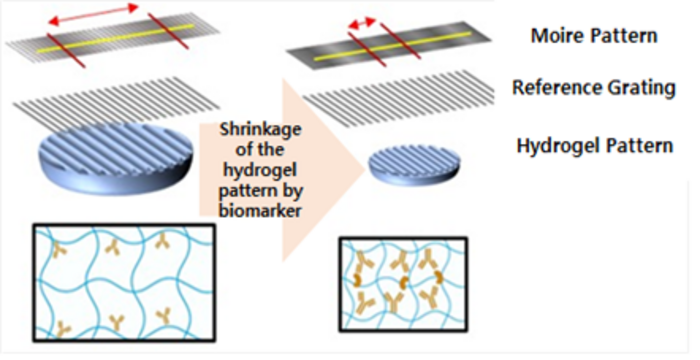Credit: SFU
A study led by SFU biology researcher Gerhard Gries found that the photoreceptors in the eyes of blow flies do more than just help them navigate around surrounding environments. They're also used in an elaborate sexual communication system to aid in their quest to find the perfect mate by filtering out incompatible candidates.
"We discovered that the immense processing speed of the blow flies' photoreceptors in their large sexually dimorphic eyes played a critical role in their visual mate recognition system," says Gries. "They use light flash frequency from their wings to communicate to their peers things like age, sex, and even mating status."
The study, published by BioMed Central, found that young single female blow flies shared their mating profiles by reflecting light off their wings at a frequency of 178, Hertz (Hz), light flashes per second to attract young single male blow flies, which communicate at 212 Hz. Blow flies are able to screen for age and sex of prospective mates by filtering out flash frequencies.
Gries says there are similarities between the blow flies' mate recognition system and Tinder, a dating app that matches approximately 10 million people a day. Tinder users similarly screen for age and sex of prospective matches by using the apps' filtration system.
Michael Hrabar, part of the SFU study research team, says anyone using a dating app like Tinder could learn a thing or two from blow flies.
"Like blow flies, humans are really good at filtering information. This means creating a good dating profile shouldn't be overlooked. Through a thoughtfully crafted profile you can attract potential partners through your interests, education and other attractive traits."
The researchers in this study used an LED pulsing light at 178 light flashes per second to mimic the sexual communication signals sent by females. They found that they were able to attract males even in the absence of real female flies.
"What was really surprising was that we noticed that female blow flies were most attractive to males on sunny days. On cloudy days, light flashes from the wings of flying females are absent, which explains the low mating propensity of these flies on cloudy days."
The results from this study suggest that the light flash frequency, rather than any morphological characteristics of female flies, is the mate signal.
"The next time you take a selfie for your dating profile make sure you have good lighting. What we've learned from blow flies is that good lighting can go a long way in helping you find the partner you've been looking for."
###
Photos: http://at.sfu.ca/kgDNHz
Video: http://at.sfu.ca/AnVCPV
Media Contact
Gerhard Gries
[email protected]
778-782-4392
@SFU_Media
http://www.sfu.ca
############
Story Source: Materials provided by Scienmag





